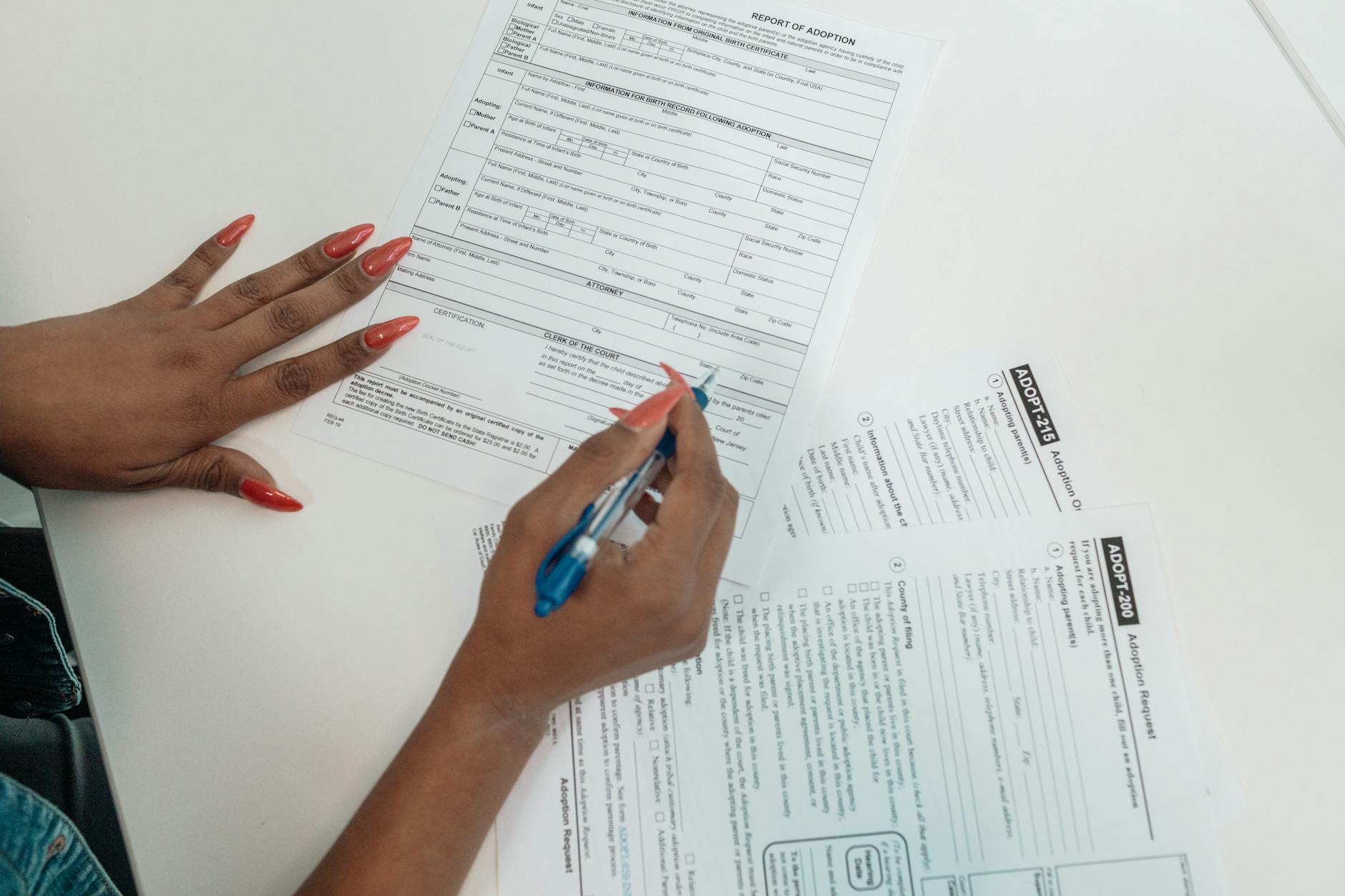Understanding Section 8 Tenant Application Process and Benefits
Understanding Section 8 tenant application process and benefits
The Section 8 housing program, officially known as the Housing Choice Voucher Program, is a vital resource designed to assist low-income families, seniors, and individuals with disabilities in securing affordable rental housing. Navigating the Section 8 tenant application process can be challenging, but understanding the steps and requirements is essential to increase the likelihood of a successful application. This article will guide you through the key stages involved in applying for Section 8 housing assistance, explain eligibility criteria, and highlight the benefits tenants can enjoy once accepted. By the end, you’ll have a clear grasp of how the program operates and how it can provide valuable support for those looking for stable, affordable housing options.
Overview of the Section 8 program and eligibility criteria
Section 8 is administered by local Public Housing Authorities (PHAs) and provides rental subsidies to eligible low-income households. Instead of rent exceeding 30% of the tenant’s income, the program offers vouchers that cover the difference between 30% of the tenant’s adjusted income and the market rent. Eligibility depends primarily on income limits set by the U.S. Department of Housing and Urban Development (HUD), which vary based on local median incomes and family size. Other factors include:
- Citizenship or eligible immigration status
- Local residency preferences established by PHAs
- Background checks to ensure no records of certain criminal activities
Applicants are placed on waitlists when demand exceeds availability, making it critical to understand these criteria and apply as early as possible.
Detailed steps in the tenant application process
The Section 8 tenant application process involves several important steps that you need to complete carefully:
- Locate your local Public Housing Authority (PHA): Applications are handled locally, so start by finding the PHA in your area. Each PHA maintains its own waitlist and timeline.
- Obtain and complete the application form: Applicants must provide detailed information on income, household composition, and current living situation.
- Submit documentation: Supporting documents such as proof of income, identification, Social Security numbers, and immigration status may be required.
- Waitlist placement and notification: Due to high demand, most applicants are entered into a waiting list. PHAs notify applicants when assistance becomes available.
- Eligibility and inspection: Once invited to participate, tenants select housing, the unit must pass an inspection, and lease agreements are finalized with the landlord and PHA.
Maintaining communication with your PHA and promptly responding to requests can significantly improve your chances of success.
Benefits for tenants participating in Section 8
Participating in Section 8 provides tenants with numerous advantages beyond just affordable rent. These benefits include:
- Stable and secure housing: Subsidized rent payments reduce the risk of eviction due to financial hardship.
- Freedom to choose housing: Tenants are not limited to public housing projects and can select properties across the private market that accept vouchers.
- Financial relief and improved quality of life: Lower rent costs free up income for essentials like food, healthcare, and education.
- Access to better neighborhoods: Vouchers can be used to move into safer areas with better schools and amenities.
Tips for a successful application and maximizing program benefits
To enhance your chances when applying for Section 8 and to derive maximum benefit once approved, consider the following:
- Apply early and accurately: Complete the application thoroughly and provide all requested documents to avoid delays.
- Keep contact information updated: PHAs will reach out for interviews and inspections; missing notifications can lead to removal from the waitlist.
- Understand your rights as a voucher holder: Knowing federal and local tenant protections helps prevent discrimination and eviction.
- Choose housing wisely: Select units that meet program standards and are in neighborhoods that fit your family’s needs.
| Step | Description | Estimated time frame |
|---|---|---|
| Find PHA and apply | Contact local housing authority and submit application | Varies by region (days to weeks) |
| Waitlist placement | Applicants wait for voucher availability | Months to years depending on demand |
| Voucher issuance and unit selection | Tenant selects a unit that meets guidelines | 1 to 2 months |
| Unit inspection and lease signing | PHA inspects unit; lease agreement finalized | 2 to 4 weeks |
| Begin assistance | Subsidy applied; rent adjusted according to rules | Ongoing |
Conclusion
The Section 8 tenant application process, while often lengthy and requiring careful attention to detail, provides a crucial pathway for eligible individuals to secure affordable and stable housing. Understanding eligibility rules, the procedural steps from application through unit approval, and the benefits available forms the foundation for success in this program. Tenants not only receive financial support that makes housing costs manageable but also gain flexibility to live in better-quality homes and neighborhoods. Patience and persistence are essential since waitlists can be long, but staying proactive by maintaining communication and preparing your documents in advance can improve your chances. Overall, Section 8 remains one of the most effective federally supported programs in assisting those in need with a dignified, stable living environment.
Image by: Kindel Media
https://www.pexels.com/@kindelmedia
editor's pick
latest video
news via inbox
Nulla turp dis cursus. Integer liberos euismod pretium faucibua

